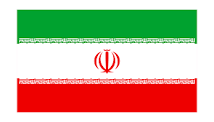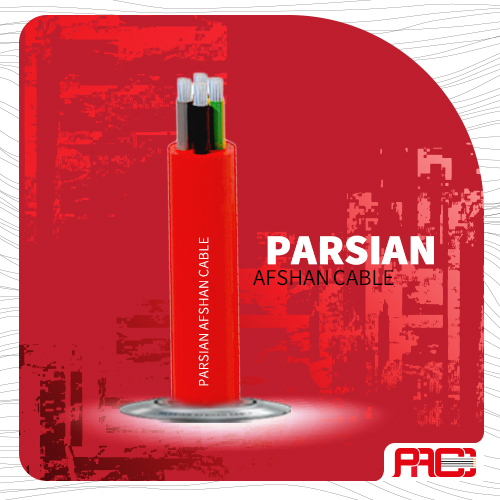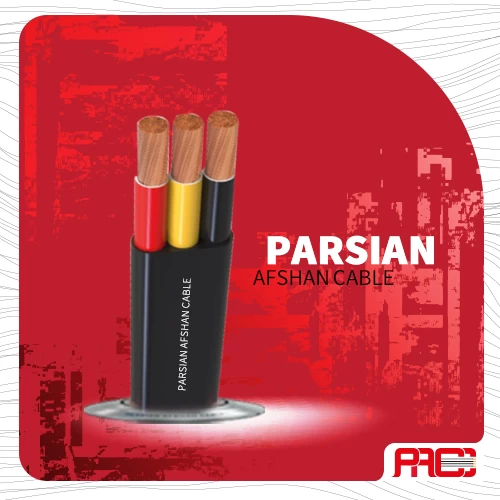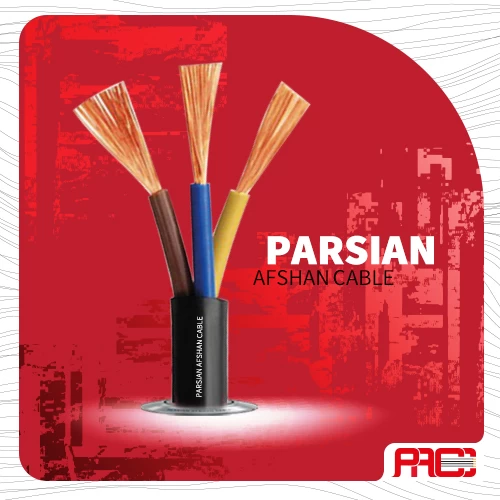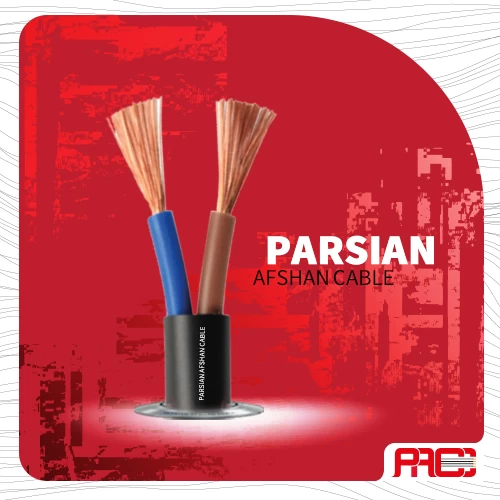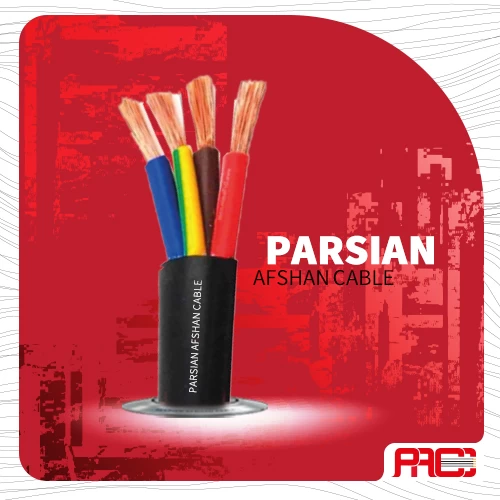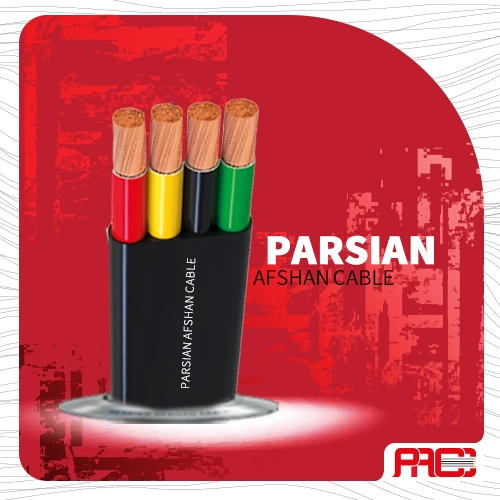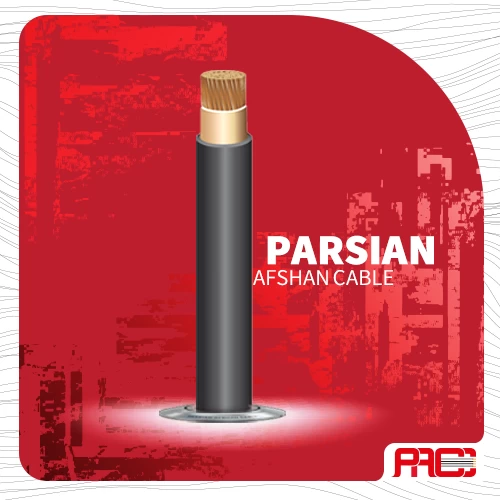Operating temperature: -50ºc to 180ºc- Conductor: annealed tin plated copper (class 5 according to standard IEC 60228)
- Insulation: ie 2 type silicone compound according to IEC 60245 standard equivalent to ei 2
- Insulation
Silicone compound type ie 2 according to standard IEC 60245 equivalent to ei 2 - Two strings
Black, blue or brown, blue - Final coating
Silicone in the color ordered (for better thermal behavior, preferably red-brown color is suggested.) - Operating temperature
-50ºc to 180ºc
Top Power Cable Manufacturers supply several types of power cables, the three most common are extension cords, appliance cords, and hard-wired cables. Extension Cords: Extension cords are the most versatile type of power cable.
Power cable is a cable used to transmit and distribute electrical energy. Commonly used in urban underground power grid, the outgoing line of power station, internal power supply of industrial and mining enterprises and underwater transmission lines.
A wire is defined as one electrical conductor, while a cable is defined as a group of individually insulated wires (conductors) encased together in sheathing. Sheathing is a non-conducting material with protective properties to shield the conducting part of the wire/cable.
Hence, the three wires are Live, Neutral, and Earth. Q. Name the wire which carries current to an electrical appliance.
Twisted pair, coaxial cables and fiber optic cable are three major network cable types in the communication systems. They have different cable structions, speed, bandwidth, and applications.
 +7929688-88-14
+7929688-88-14

 English
English
 Persian
Persian
 Russian
Russian
 Chinese
Chinese


 +7929688-88-14
+7929688-88-14

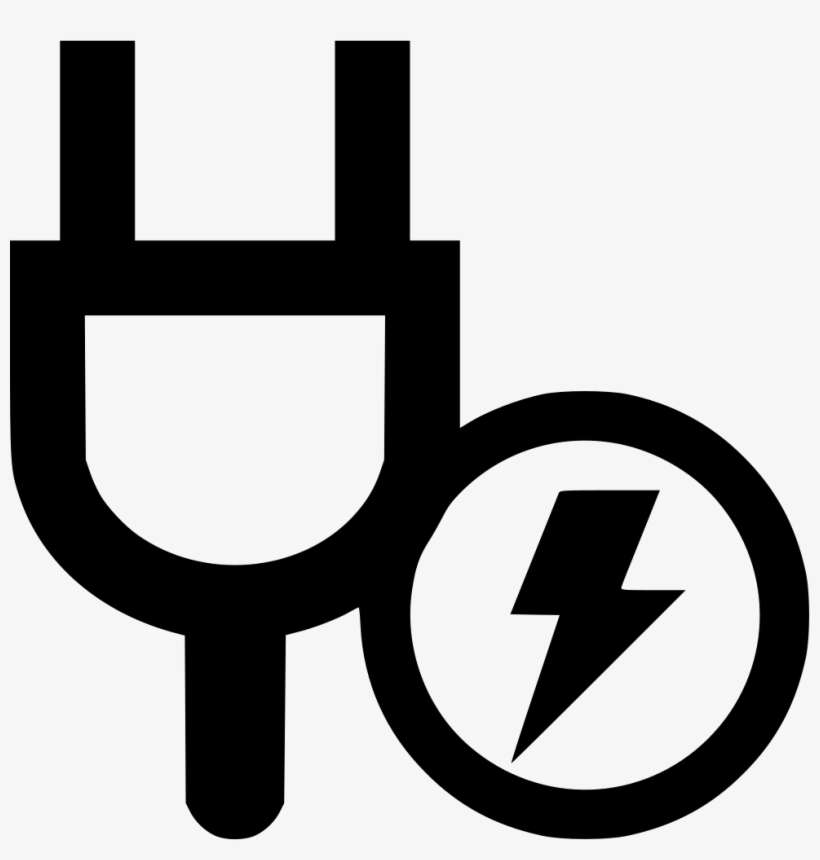 Wires, Cables & Cable Assemblies
Wires, Cables & Cable Assemblies
